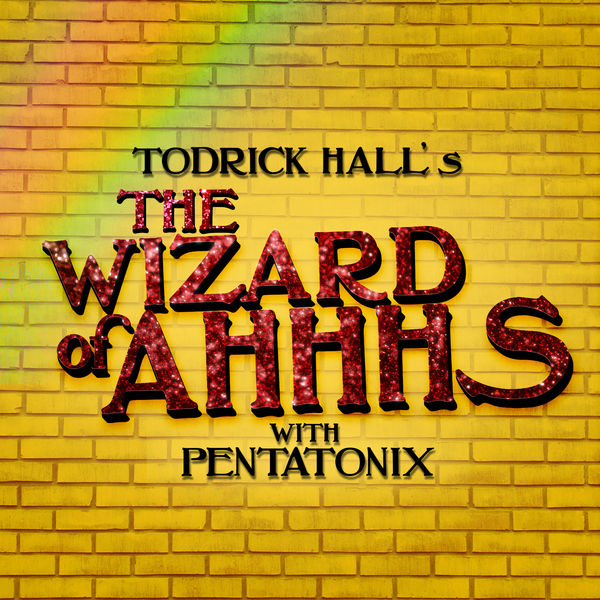
The remixed text that I chose to cover is Todrick Hall’s video The Wizard of Ahhs. The texts that have been sampled are: The movie The Wizard of Oz, classic music videos, and many popular pop songs – such as Blown Away by Carrie Underwood, Damaged by Danity Kane, Can’t be Tamed by Miley Cyrus and I Knew You Were Trouble by Taylor Swift.
In the video, Todrick and the band Pentatonix re-tell the story of The Wizard of Oz through an extended music video. The name of the video is basically a remix in itself and plays off of the word “oz” and changing it to “ahhs,” alluding to the fact that it is musical. Usually, a music video has one song that is the basis of the video, but this video has a medley of songs that flow from one to the next. The popular music featured throughout the video are songs that fit the expedition of the film. For example, when Dorothy meets the Scarecrow, he is singing “Thinking Bout You” by Frank Ocean because the one thing that the Scarecrow in The Wizard of Oz wants is a brain. Likewise, the Tinman sings “Damaged” because he wants a heart and the lyrics are “I thought that I should let you know / that my heart is damaged.” Additionally, some of the original lyrics to songs are transformed. For example, when the wizard is shown, the song “Power” by Kanye West plays. The original lyrics are: “I’m living in the 21st century doin’ something mean to it” (West). However, Todrick sings: “I’m living in the Emerald City, please doin’ something mean to it.” Likewise, the lyrics to Lady Gaga’s song “Teeth” change from “show me your teeth” to “show me your feet” (Gaga) from the perspective of the wicked witch. All the music is also being transformed because Pentatonix is an acapella band, so many – if not all – of the songs sung in the video are done by acapella, which is not how the original songs were recorded.
The rhetorical situation for a remix deals with audience and purpose. In Edward’s article, in the table labeled typology of transformative work, he defines the terms: assemblage, reappropriation, redistribution and genre play. Todrick’s video fits redistribution. Redistribution “refers to sharing or adding to an already existing text for the purpose of reaching a new audience, offering an updated message, and/or spreading a text further” (Edwards). The Wizard of Ahhs adds to an existing text (The Wizard of Oz and music videos) and offers an updated/modern version to the film. Also, it could be spreading the text further considering the bulk of Todrick’s fanbase are millennials and younger. The Wizard of Oz came out in 1939, so it could be reaching people who haven’t seen the movie.
Remixing helps digital publishing because it keeps information relevant. Using the four terms above that Edwards talks about, it keeps information fresh and reaches a broad spectrum of audience. It can build an argument, help prove a point in an argument, express an opinion or just to simply challenge the way that we view a specific genre in general.
Word Count: 526
Worked Cited:
Edwards, Dustin W. “Framing Remix Rhetorically: Toward a Typology of Transformative Work.” Computers and Composition 39 (2016): 41-54. 24 Dec. 2015. Web. 24 Feb. 2018.
Gaga, Lady. “Teeth.” Interscope Records, 2014. CD.
The Wizard of Ahhhs. Dir. Todrick Hall. Perf. Todrick Hall and Pentatonix. Youtube. N.p., 2013. Web. <https://www.youtube.com/watch?v=QkVeKb2igrg>.
West, Kanye. “Power.” Roc-A-Fella Records, LLC, 2010. CD.
